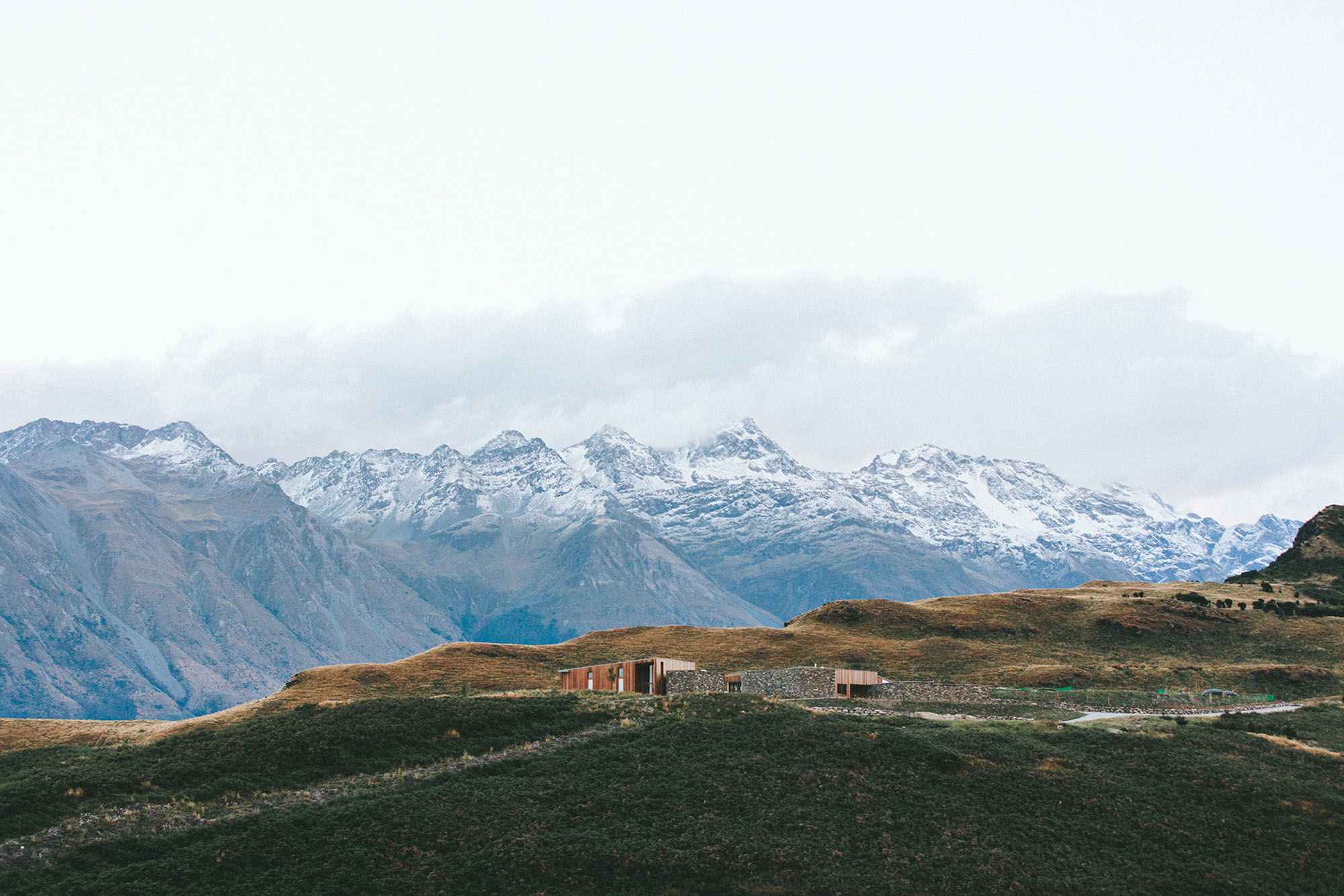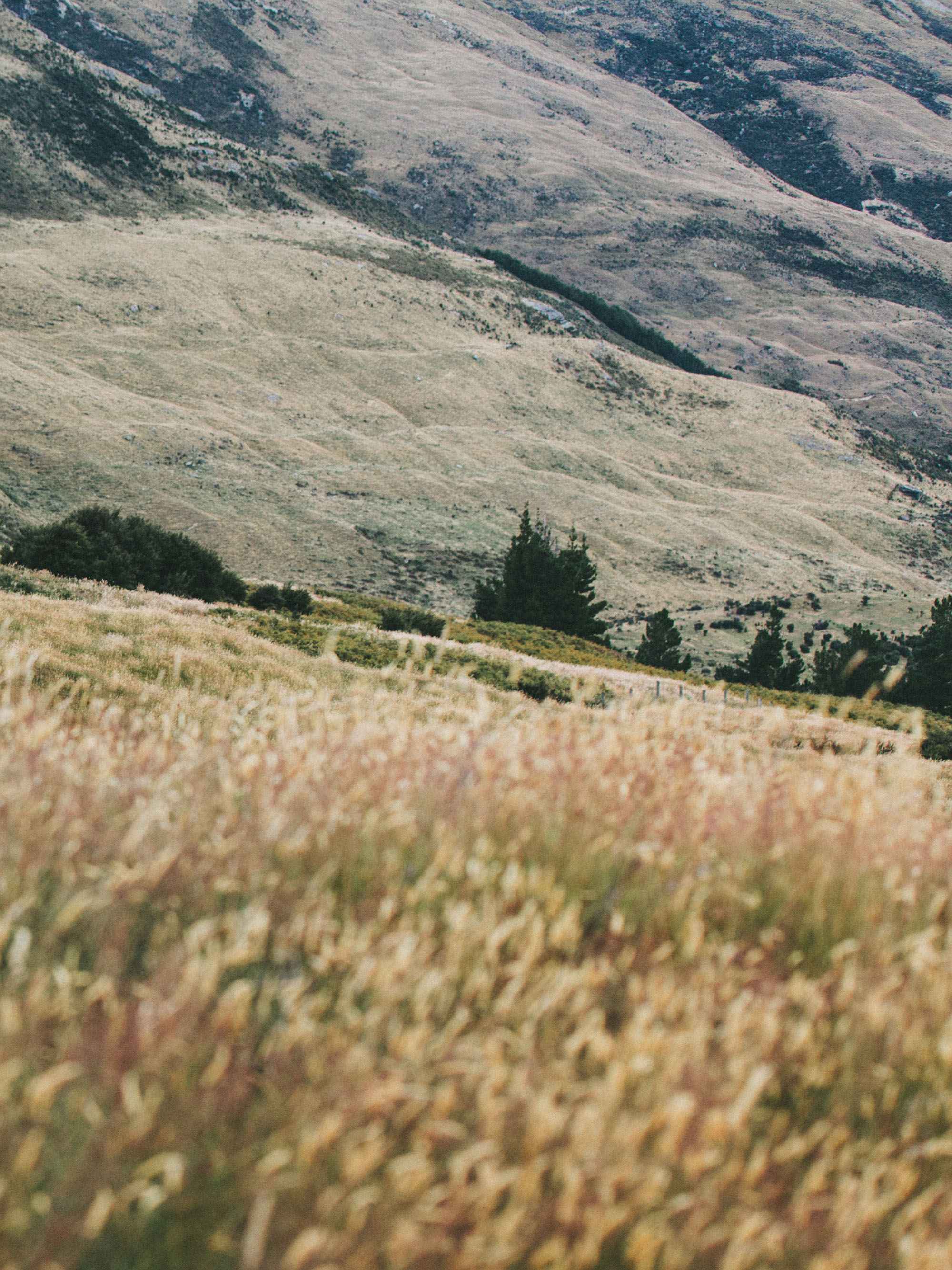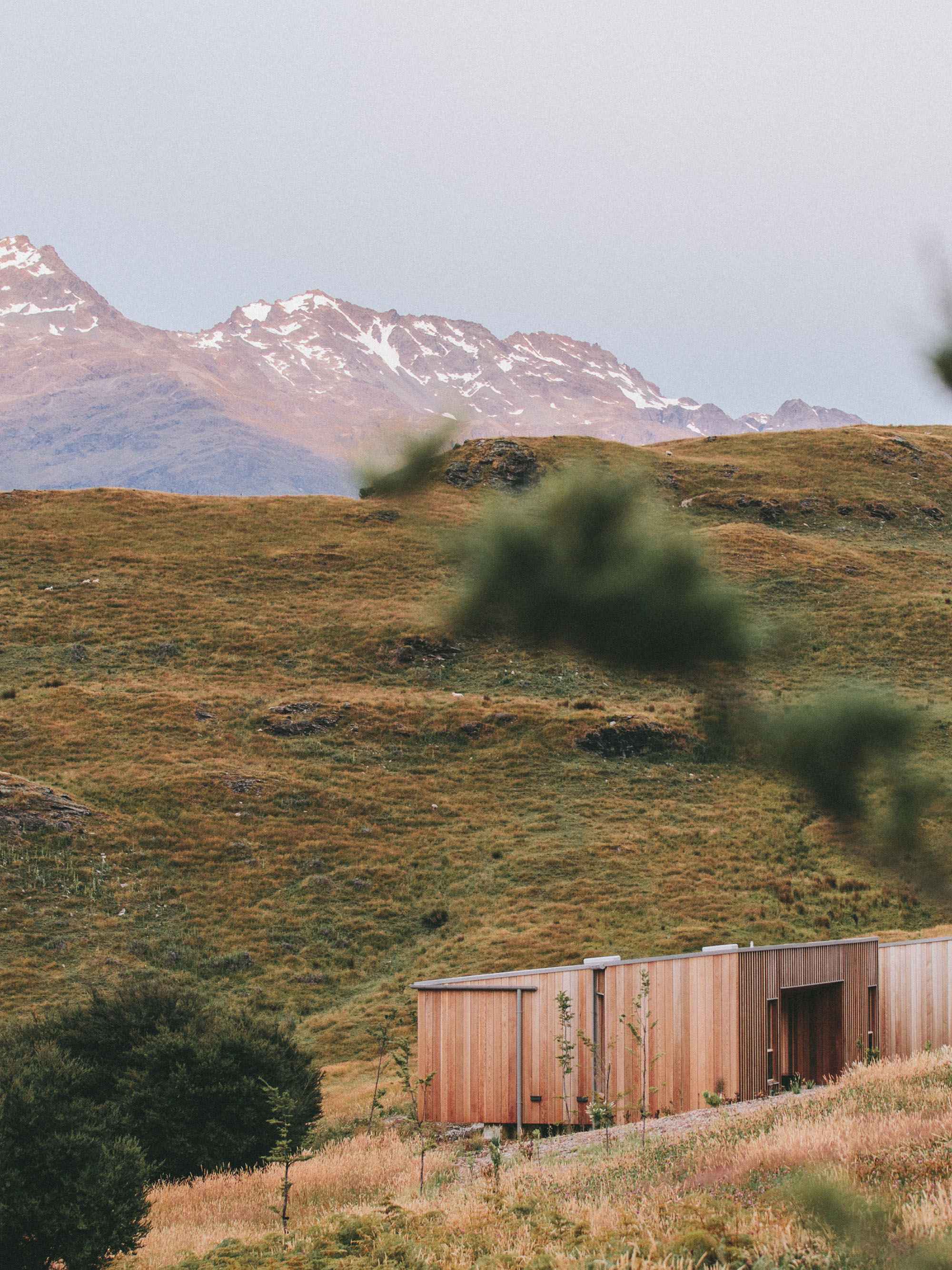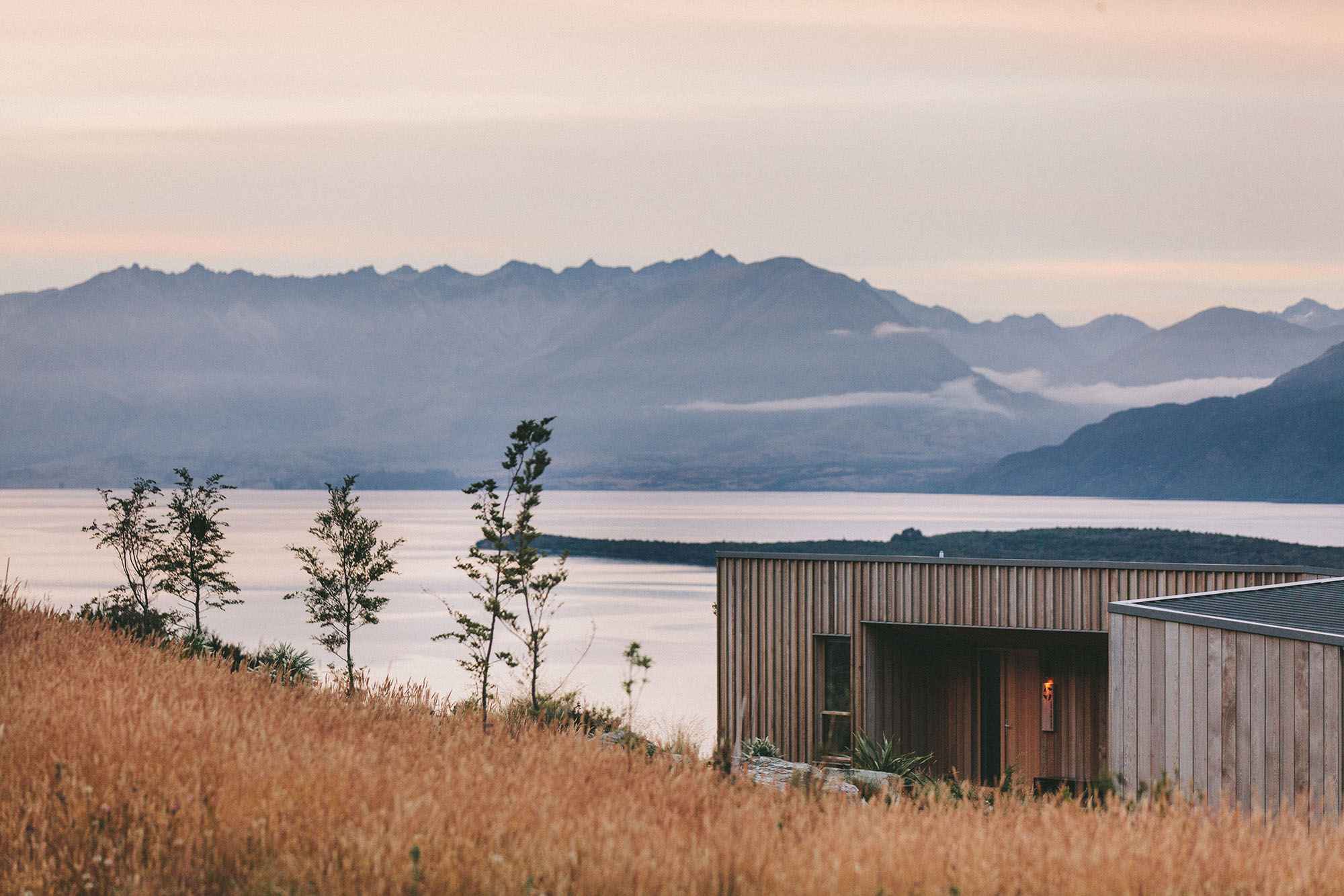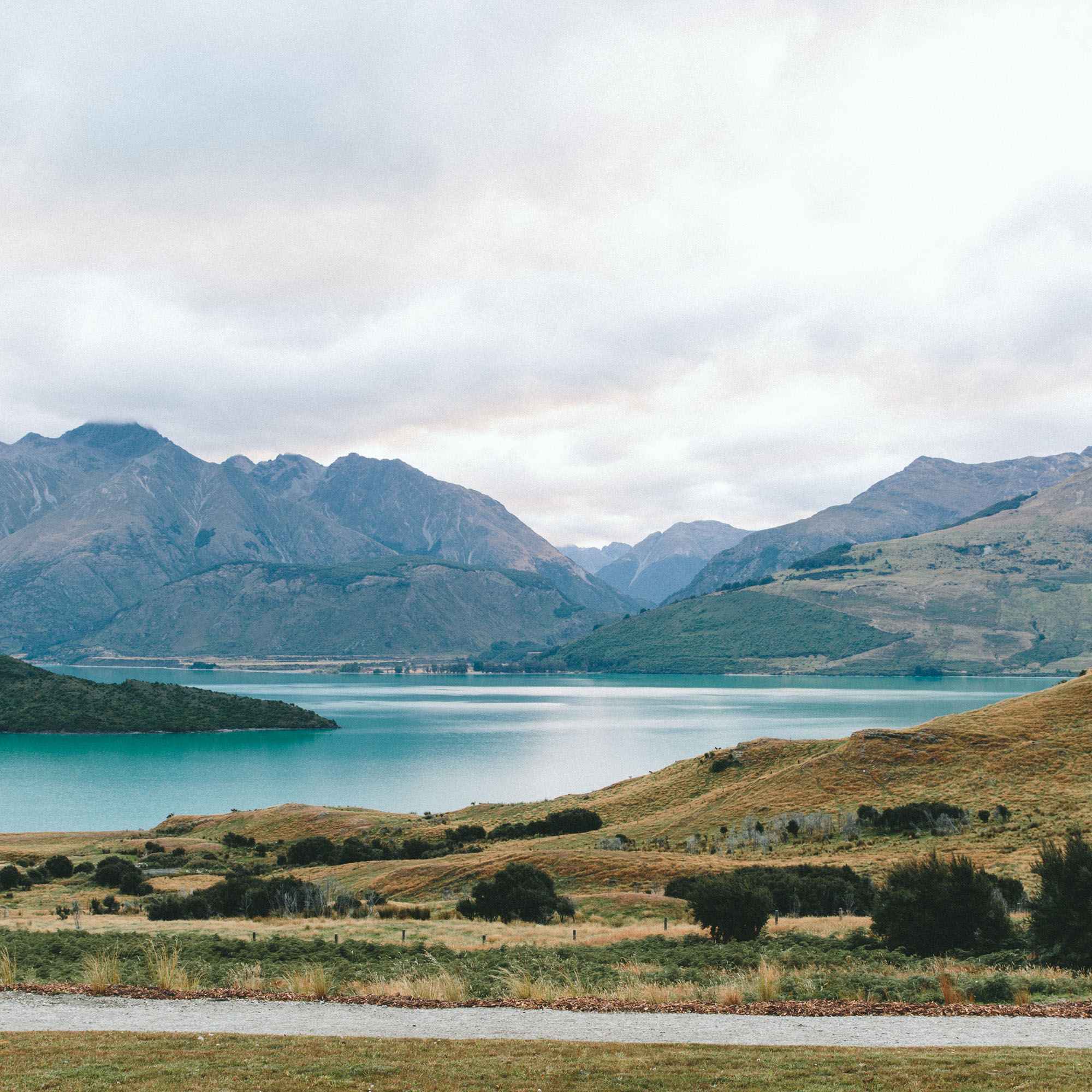Beyond Sustainability: The Difference Between Sustainable, Conservation, and Regenerative Tourism
Tourism’s next evolution asks not how little harm we can do, but how much good we can create.
Because the real luxury is not in seeing untouched landscapes. It’s in belonging to a world that is coming back to life.
Beyond Sustainability: The Difference Between Sustainable, Conservation, and Regenerative Tourism
We once believed that “sustainable” was the highest goal. To sustain meant to endure, to keep things as they are. But as the climate crisis deepens and ecosystems collapse, mere endurance is no longer enough. Tourism—an industry dependent on the beauty and stability of natural and cultural systems—must evolve beyond the idea of doing “less harm.”
The future of travel is not just about protecting what exists. It’s about restoring what’s been lost and nurturing the possibility of something better.
1. Sustainable Tourism: Doing Less Harm
Sustainable tourism emerged in the late 20th century as a response to the environmental and social costs of mass travel. It sought to balance economic benefits with ecological responsibility—to ensure that destinations, cultures, and communities could endure the pressures of global visitation.
According to the UN World Tourism Organization (UNWTO), sustainable tourism “takes full account of its current and future economic, social, and environmental impacts.” It’s the principle behind green hotels, carbon-offset programs, and local sourcing initiatives.
But here lies its limitation: sustainability often measures success by what it prevents—waste, pollution, overconsumption—not by what it regenerates. In practice, it can become a language of neutrality rather than renewal. We sustain systems, yes—but what if the systems themselves are already broken?
2. Conservation Tourism: Protecting What Remains
Conservation tourism goes a step further. It recognizes that nature and culture need active protection, not just moderation of use. Conservation-based travel supports the preservation of wildlife, ecosystems, and cultural heritage through tourism revenues, education, and partnerships with local communities.
Projects like Kenya’s conservancies or Costa Rica’s national parks embody this model: travelers contribute financially to conservation while experiencing nature responsibly. In Colombia, community-led reserves such as Serranía del Chiribiquete have shown how tourism can strengthen local guardianship of land.
Yet even conservation can hold a quiet contradiction—it often seeks to keep nature “untouched,” excluding local communities or freezing ecosystems in a nostalgic state of “purity.” It protects, but doesn’t always adapt or heal. It’s still based on the idea of defense rather than co-creation.
Sustainable tourism focuses on minimizing damage. Conservation tourism seeks to protect what remains. Regenerative tourism, however, goes further—it heals, restores, and creates conditions for life to thrive. Understanding these distinctions is essential for transforming travel into a force for renewal, not depletion.
3. Regenerative Tourism: Creating the Conditions for Life to Thrive
Regeneration is the next evolution. It asks not, “How can we sustain what we have?” but “How can we bring life back?”
Regenerative tourism views destinations as living systems—interconnected networks of ecology, culture, and economy. Instead of minimizing harm, it aims to leave places and people better than they were before.
A regenerative lodge might restore soil health through reforestation, revive ancestral knowledge through community storytelling, or regenerate coral reefs through local stewardship. It is guided by reciprocity, not extraction; by participation, not observation.
As Anna Pollock, founder of Conscious Travel, writes: “Regenerative tourism is about shifting from a transactional to a relational paradigm—where travel becomes a co-evolutionary act.”
In Colombia, regenerative initiatives like Nuna Sinsi are redefining luxury itself—not as excess, but as presence, connection, and purpose. Travelers are invited to contribute to ecological restoration, cultural exchange, and inner transformation. The journey becomes not a consumption of place, but a deep collaboration with it.
From Extraction to Reciprocity
SUSTAINABLE -
CORE QUESTION -> How can we reduce our negative impact?
GOAL -> Minimize harm
EXAMPLE: Eco-certifications, recycling, carbon offsetting
CONSERVATION -
CORE QUESTION -> How can we protect what remains?
GOAL -> Preserve biodiversity and heritage
EXAMPLE: Protected areas, wildlife tourism
REGENERATION -
CORE QUESTION -> How can we restore and create conditions for life to thrive?
GOAL -> Regenerate ecosystems, cultures, and human well-being
EXAMPLE: Rewilding, biocultural restoration, community-led traveL
This shift is philosophical as much as practical. Regeneration recognizes that humans are not separate from nature, but expressions of it. A regenerative traveler doesn’t arrive as a consumer, but as a participant in the ongoing story of life.
4. The Inner and Outer Journey
Regeneration begins within. Just as landscapes can be degraded or renewed, so can human consciousness. When travelers engage with place through reciprocity—listening, learning, giving—they become part of the regenerative process.
The transformation of tourism, then, mirrors the transformation of the self: from taking to tending, from sustaining to enlivening.
Perhaps the question is no longer how to travel sustainably, but how to travel regeneratively—to become a force for healing in every step we take.
Because the real luxury is not in seeing untouched landscapes. It’s in belonging to a world that is coming back to life.
References:
UNWTO (2023). Sustainable Development of Tourism. https://www.unwto.org/sustainable-development
Pollock, A. (2021). Regenerative Tourism: Beyond Sustainability. Conscious Travel.
WEF (2022). The Future of Sustainable Travel and Tourism. https://www.weforum.org
UNEP (2021). Making Tourism More Sustainable: A Guide for Policy Makers.
Rewilding Europe (2023). Tourism and Rewilding: New Pathways to Regeneration.

